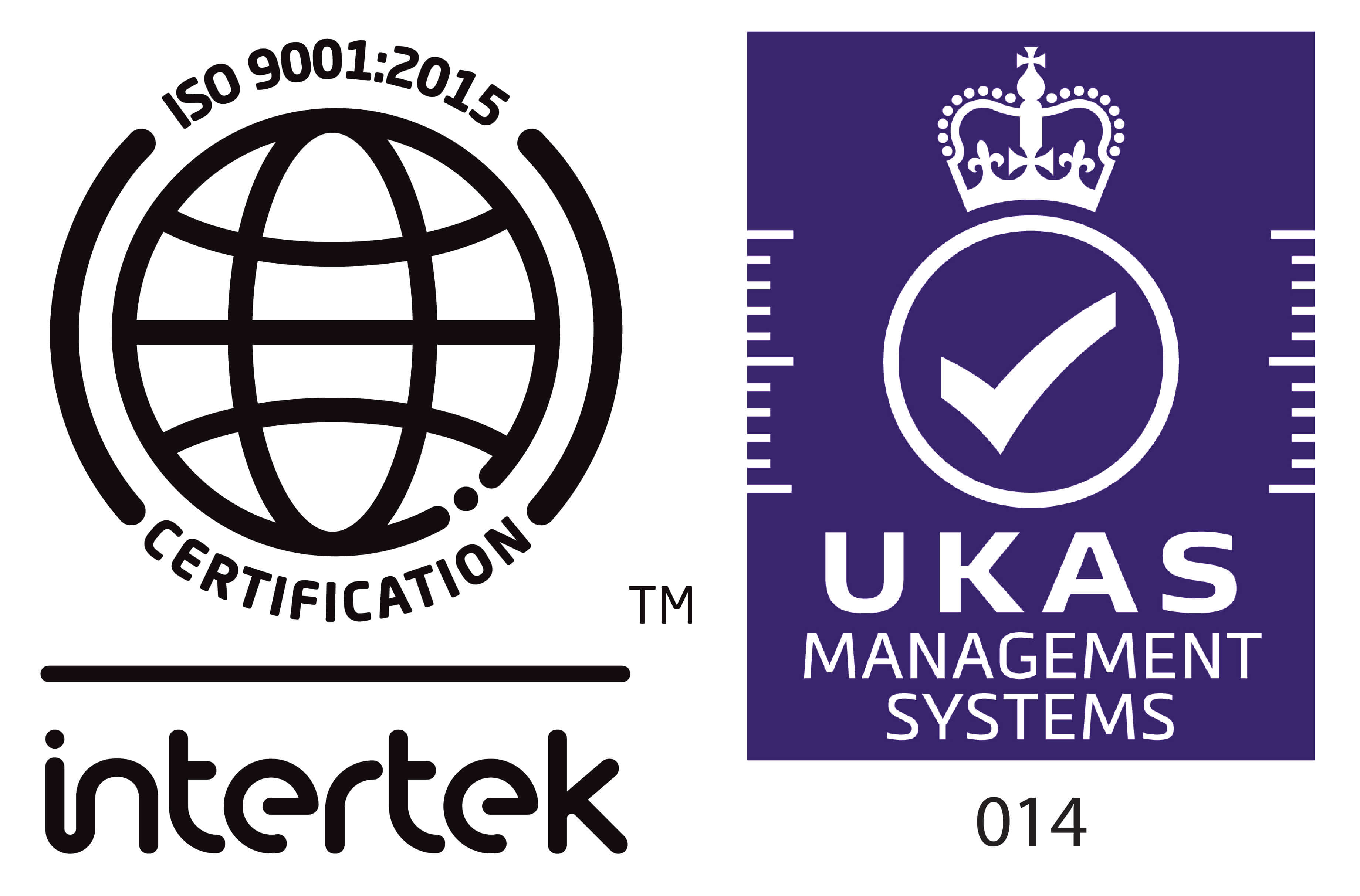Precious metals continue to remain strong
Posted on Sep 09, 2025 at 12:00 am
I would first like to apologies to my readers for this long wait. Over the past months a lot has been happening globally which has significantly affected the precious metals markets. The world has seen lifetime highs being breached, single day significant drops and what not. Almost half of the world is at a stage of war in soke form or the other.
While last year it was more of the Ukraine Russia war and the US economic number, 2025 is a lot different. It seems the globe is collectively trying to push precious metals into new ranges thus encouraging a highly volatile rally.
I know it won’t be possible to cover up the past missed data in this one blog, but as and when we move forward will surely try to make up for it as it’s a circle and it will come back. One influential factor will lead to another and eventually complete the loop.
Now let’s concentrate on the month of August and early September 2025. Well as we all know there are two forms of war occurring- the geopolitical war and the Trade war. Let’s have a close look at it.
Gold price today has surged to a fresh record high at USD 3,547 per ounce, extending an already strong year that has seen the yellow metal gain 34% year to date. Silver has provided further support to the sector, trading above USD 40 for the first time in 14 years, leaving it up 41% year to date. The latest leg higher reflects a potent mix of renewed rate cut expectations, mounting concerns over Federal Reserve independence, and a fragmenting world order that is reshaping flows across safe-haven assets.
Gold's recent surge, driven by expectations that the U.S. will cut interest rates, concerns over the independence of the Federal Reserve, and strong demand from both investors and the central bank, is set to push prices to new highs in the near future.
Adding to the market uncertainty and possible trade tensions, the Trump administration has announced plans to ask the U.S. Supreme Court for a swift ruling on tariffs that an appeals court recently deemed illegal. According to Reuters, this legal battle over tariffs and the Supreme Court’s involvement could become a key challenge for President Trump. Regardless of the outcome, gold offers investors a safe haven amidst the volatility.
Trump has been consistently pressuring the Federal Reserve to lower interest rates and even hinted at firing Fed Chair Jerome Powell. The situation escalated last month when Trump tried to dismiss Fed Governor Lisa Cook, triggering a significant legal test concerning the Fed’s ability to operate free from political influence.
Rate-cut expectations and worries over the Fed's independence have weighed on the US dollar, which is down more than 9% since the start of the year, making gold less expensive for overseas buyers.
Investors are pricing in a 92% chance of a 25-basis-point Fed rate cut at the end of the Fed's policy meeting on September 17, according to CME Group's Fed Watch tool.
"Supportive for gold is the bearish dollar outlook underpinned by expectations of Fed cuts, investors distancing from U.S. assets and tariff-related economic uncertainty," said Ricardo Evangelista, senior analyst at ActivTrades.
The dollar has fallen nearly 11% since Donald Trump returned to the White House in January. A softer dollar makes the greenback-priced gold less expensive for holders of other currencies.
Among other factors fortifying gold's appeal are security concerns emanating from the Middle East and between Russia and Ukraine and central bank demand, particularly from developing countries.
That includes China's central bank adding gold to its reserves for the ninth consecutive month in July.
The gold rate today is experiencing renewed volatility as some investors take profits following its breakout rally earlier in the week. However, prices remain well supported in the initial reaction to the disappointing labour market data.
A softer labour market lowers the opportunity cost of holding non-yielding gold, while a weaker USD makes it more affordable for global buyers, spurring demand. This could push gold prices toward new highs, potentially testing $3,600/oz or beyond, especially if safe-haven flows intensify amid economic uncertainty
The new all-time highs reached by the US, UK and German stock markets in 2025, to name but three, may be more eye-catching, but gold continues to shine as well, as evidenced by its latest surge to a peak above $3,500 an ounce thus entering its third bull market since 1971
Gold’s first big rise happened after President Richard Nixon took the U.S. off the gold standard in 1971. This decision ended the Bretton Woods system that had been in place since World War II and opened the door to increased government spending and rising inflation. Inflation got even worse after two oil price shocks caused by conflict in the Middle East. Central banks were slow to react, and the U.S. Federal Reserve made things worse by cutting interest rates too soon, which led to another spike in inflation. As a result, gold prices soared from $35 an ounce in 1971 to over $700 by the end of 1980.
The second major event happened in the early 2000s. At that time, people once again believed that central banks had lost control, as they kept interest rates too low for too long following the collapse of the tech bubble in 2000. This period of cheap and easy money, combined with weak financial regulations, led to a boom in the housing market and the rise of complex real estate-related financial products. Eventually, this all came crashing down in a severe financial crisis. To respond, Western central banks had to slash interest rates to zero and introduce a variety of unconventional monetary policies, including something called Quantitative Easing (QE). As confidence in banks fell and central banks pumped money into the economy, investors turned to gold as a safe asset. Its price surged from around $250 per ounce in 2001 to nearly $1,900 by late 2011.
Now, we seem to be entering a third period where gold is once again becoming a key asset, gaining significant attention and value.
As per bullion dealers in India, Gold’s rally to a fresh record is being driven by more than inflation fears or rate expectations alone. It reflects a convergence of factors: governance risks in the U.S., geopolitical fragmentation, waning trust in traditional safe havens, and renewed demand from institutional buyers. With both gold and silver outperforming most asset classes in 2025, and with ETF inflows adding fresh support, the case for precious metals remains strong.



